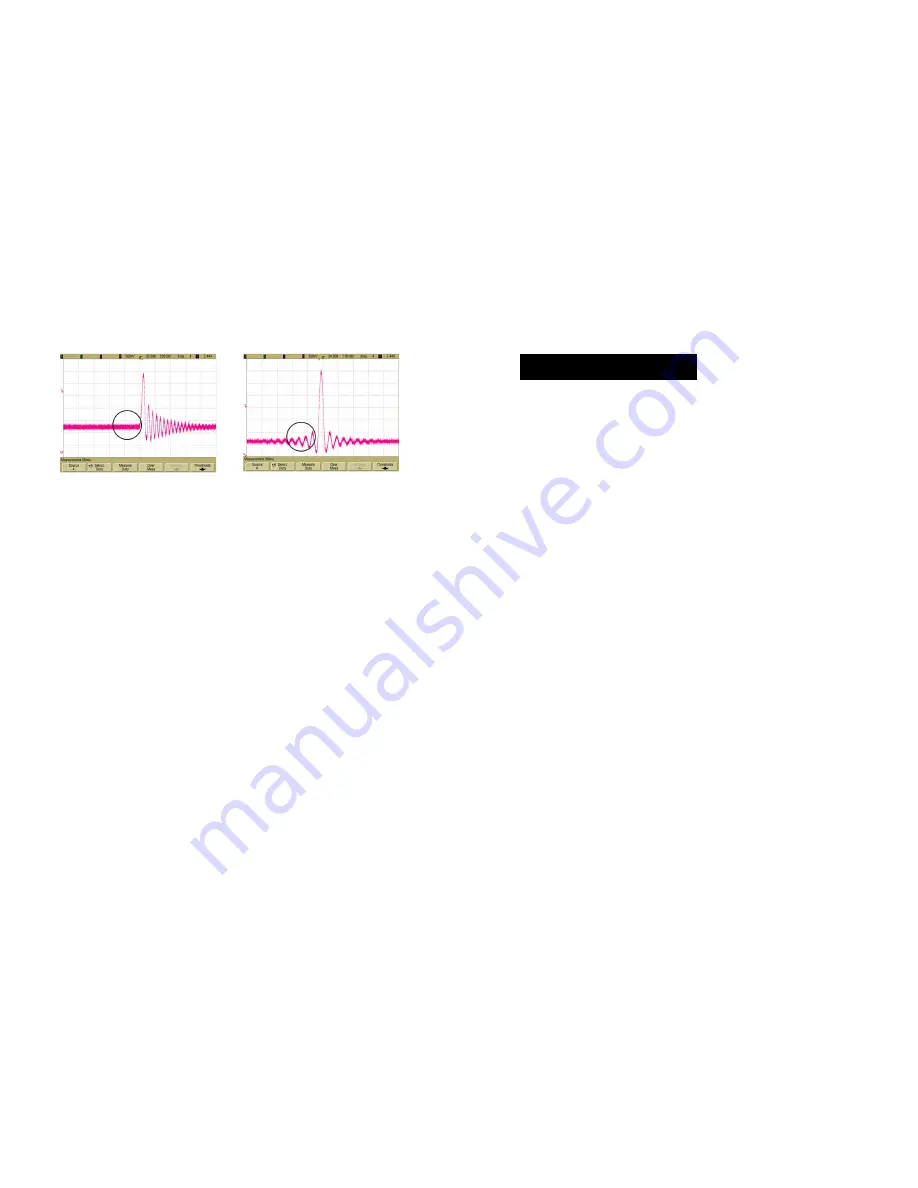
Dual Clock Integral Upsampling
10
11
CAS192D IIR digital filter pulse response
CAS192D FIR digital filter pulse response
To maximize the performance of digital to audio conversion, up sampling technolo-
gy is widely used in high-end digital audio. In most designs, the up sampling goes
up to 192K no matter what the sample rate of the signal is. In the digital audio indus-
try, many scholars believe that there will be some error when doing non-integral
ASRC, which will cause distortion and degrade the sound quality. Being different
from those designs, the Questyle Audio CAS192D has two clocks with extremely
low phase noise, thus the processor automatically identifies the sample rate and
makes it up integrally.
For instance, a certain DAC is configured with single clock, the input data, whether
44.1K or 48K, will all go up to 192K. 48K is multiplied times 4 to get 192K; for
44.1kHz to go up to 192K, the multiples will be 4.3537... (192/44.1 = 4.3537...)
which is an infinite non-repeating decimal. In this case there will be too much
required computation and round-off errors. But for the Questyle Audio CAS192D, if
the input data is 44.1kHz, it will be multiplied by 4 to 176.4kHz; if the input data is
48K, it will be multiplied by 4 to 192K, which can avoid those negative effects. The
upsampling is ASRC, and it can avoid Jitter. On the front panel of the Questyle
Audio CAS192D, there is an UPSAMPLING button for starting up or shutting down
the function of upsampling, and the current state of operation will be clearly seen on
the screen.
The Questyle Audio CAS192D will memorize the user’s operation of upsampling.
The following is the THD+N and amplitude curves for non upsampling and upsam-
pling, working at 48K sample rate with -3dBFS,24bit data.(Blue is for non upsam-
pling; purple is for up sampling).
When the sample rate is as low as in 44.1k or 48k, the 5 digital filter options of the
Questyle Audio CAS192D will be:
-
IIR Apodisting
-
IIR soft-knee
-
IIR Half-band
-
FIR Apodisting
-
FIR Half-band
When the sample rate is as high as in 88.2k, 96k or 192kHz, the 5 digital filter
options of the Questyle Audio CAS192D will be:
-
IIR Apodisting
-
IIR soft-knee
-
FIR soft-knee
-
FIR Apodisting
-
FIR Brickwall
The Questyle Audio CAS192D will divide the user’s configuration of digital filters
into high and low groups and memorize the sample rate.
Step1
Connect power cord to your CAS192D and a suitable 110v/220v A/C power source.
Assure the master power switch on the back of your CAS192D is in the “Off”position
(blue indicator light on the front panel will be off).
Step 2
Connect balanced interconnects from the Right and Left “Balanced” outputs of your
CAS192D to the Right and Left “Balanced” inputs on your CMA800R.
Step 3
Connect USB 2.0 cable from the USB output on your PC to the USB input on the
back of your CAS192D.
Step 4
Insert the Driver Disc provided with your CAS192D into your PC. Open the folder
Labeled DSD-1.05 and double click Setup.exe. When the installer tells you to
connect your CAS192D turn the master power switch on the back of your CAS192D
to the “On” position (blue indicator light on the front panel will light), then press the
power button on the front panel of your CAS192D (the front panel display will light
up), then hit “Continue” on the installer and follow the installer instructions.
Step 5
Once the drivers are installed, and the front panel of your CAS192D indicates
“Ready”, Go to Control Panels/Hardware and Sound and open “Sound”. “Questyle
CAS192D” should be set as default, highlight “Questyle CAS192D” and select
“Properties”. Click on the “Advanced” tab and set “Default Format” to “24 bit,
192000 Hz (Studio Quality)”, then click OK and OK again.
Step 6
Launch
JRiver Media Center
. Click on “Tools” and select “Options”. On the left side
of the “Options” window “Audio” should be highlighted. On the right side of the
“Options” window, under “Audio Device”, click on “Default Audio Device” and you
should see “Questyle CAS192D”. Select “ASIO for C-Media USB Device [ASIO]”.
Under “Settings” click on “DSP & output format” and the “DSP Studio”window
should pop up. Under “Sample rate”, next to “176,400 Hz” click on the words “No
change”and select “88,200 Hz”. Close the “DSP Studio” window by click the “X” in
the upper right corner. Click on “Bitstreaming” and select “Custom” check DSD then
click “OK”, and OK again.
Your CAS192D is now ready to playback True DSD. Follow JRiver Media Center
instructions for loading your music library and creating playlists. When playing DSD
files, the front panel display on your CAS192D will say “True DSD”, when playing
PCM files, it will reflect the sample rate of that file.








